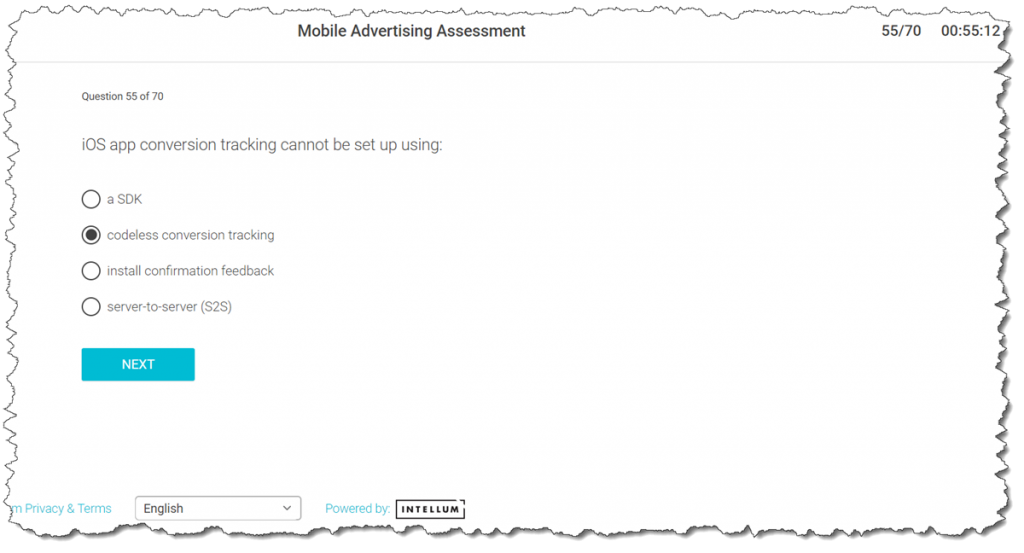


An ad is clicked and the App Store app opens on the iPhone and displays the advertised app.Before ATT, SKAdNetwork did not receive too much attention which is now changing significantly (because if the tracking permission is not granted by the user, SKAdNetwork can be used to track campaign level installs).Īnd this is how it works (simplified representation): Ad networks need to register with Apple and developers need to customize their apps to work with the registered ad networks.
#Apple ios 14.5 app tracking install
With SKAdNetwork conversion rates of app install campaigns can be measured while protecting the privacy of the user. SKAdNetwork was introduced by Apple in 2018. With SKAdnetwork Apple offers an option for app install attribution: SKAdNetwork This would accommodate Apple, as they withhold between 15 – 30 percent per sale as commission. Some app developers will likely switch their monetization model to a pay once or subscription solution. This means that good targeting is still possible. What are the alternatives?įor apps that work with a login (such as Google or Facebook login), it is possible to track the user across sessions in the browser and other apps that also use the login. With SKAdNetwork Apple offers an alternative to the app install attribution which does not reveal the user identity. Without the IDFA the attribution providers will have to switch to other, less precise methods. See this article by Adjust for more details on app attribution. In simple terms attribution is the assignment of a click on an advertisement to an install and what the user does after landing in the app. Adjust or Appsflyer have so far used the IDFA as an attribution tool. This will make advertising less efficient.Īd attribution providers e.g. For users who do not choose to opt-in, the advertising will no longer be as well personalized as before (because there is little or no data on history, interests and activities). If your app is monetized with advertising you can expect a loss of revenue: It is assumed that only about 20% of the users will give permission for tracking.
#Apple ios 14.5 app tracking code
Adapt your code to the AppTrackingTransparency framework.Check whether the IDFA is really needed.The ad industry and app developers assume that the majority of users will not grant permission for app tracking and that this will have a major impact on advertising on the iOS platform. The app tracking can also be configured in the settings ( Privacy -> Tracking) via app or globally. If the user does not grant permission for tracking the app cannot access the IDFA. The ATT feature becomes visible to app users when the app requests permission for tracking: It is used to deliver personalized ads (ad targeting) and track the installs of apps that were made by clicking on an advertisement in the browser or another app. The IDFA is a persistent identifier for apple devices such as iPhones used to track users across websites and apps. When iOS 14 was released in September 2020 the activation of the ATT feature was postponed to 2021 to give the developers enough time to make the necessary changes. Apps must now request permission to access the IDFA. In June 2020 Apple announced the App Tracking Transparency (ATT) feature for iOS 14 in addition to some other privacy features. This has a big impact on the app ad and attribution industry. Until now, access to IDFA was allowed by default (opt-out). Starting with the launch of iOS 14.5, apps have to request authorization from the user in order to access the Identifier For Advertiser (IDFA) of the device (opt-in).


 0 kommentar(er)
0 kommentar(er)
